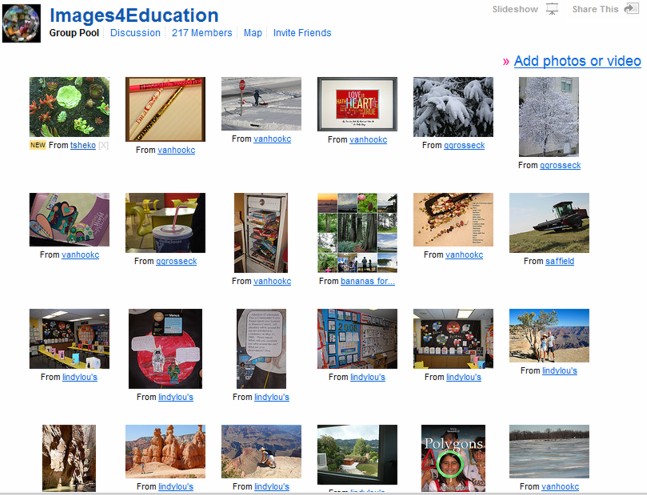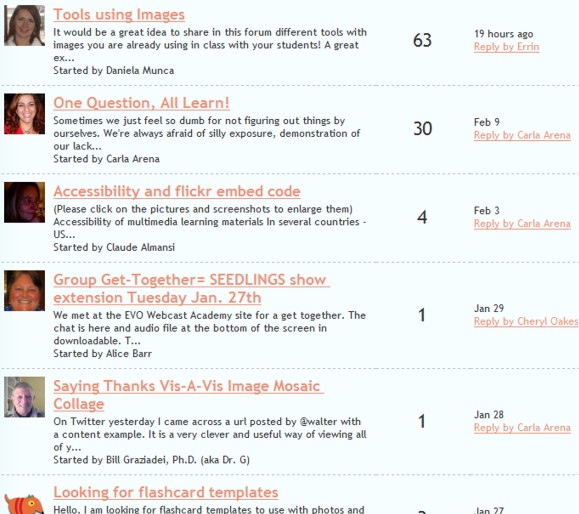Most people would deny being creative. Have you noticed that? People who display obvious creativity, but who say, ‘Who me? I’m not creative!’ It’s the strange fallacy that in order to be creative you have to be good at drawing or play an instrument like a prodigy.
Ken Robinson talks about creativity. I’ve written previously about his TED talk and his book, The element. He has also written a paper entitled Creativity in the classroom, innovation in the workplace. in response to the following question:
What should be the role of business and industry in the education of today’s youth, and what strategies can realistically be put in place by business now to foster innovation on the widest possible range of platforms?
Ken begins by saying the following:
Businesses everywhere have to compete in a world that’s changing faster than ever. To keep pace they need people who can consistently generate new ideas and adapt to constant change. Many companies say it’s getting harder to find these people. One of the major reasons is education. All over the world, formal education systematically suppresses creative thinking and flexibility. National strategies to raise standards in education are making matters worse because they’re rooted in an old model of economic development and a narrow view of intelligence. For economic, cultural and political reasons, creativity should be promoted systematically at all levels of education, alongside literacy and numeracy.
According to Ken, the problem in the workplace is not a shortage of graduates, but something entirely different:
Companies now face an unusual crisis in graduate recruitment. It’s not that there aren’t enough graduates to go around, it’s that too many of them can’t communicate, work in teams or think creatively.
Shalu Wasu, a Singapore-based trainer and consultant, conducts open programs on Creativity and Innovation and Blogging for Business at NUS extension. He offers 16 habits of highly creative people on the Tickled by life website.
1. Creative people are full of curiosity.
2. Creative people are problem-friendly.
3. Creative people value their ideas.
4. Creative people embrace challenges.
5. Creative people are full of enthusiasm.
6. Creative people are persistent.
7. Creative people are perennially dissatisfied.
8. Creative people are optimists.
9. Creative people make positive Judgment.
10. Creative people go for the big kill.
11. Creative people are prepared to stick it out.
12. Creative people do not fall in love with an idea.
13. Creative people recognize the environment in which they are most creative.
14. Creative people are good at reframing any situation.
15. Creative people are friends with the unexpected.
16. Creative people are not afraid of failures.
Read the full article here.
If, as Ken Robinson says, creativity will be most sought after in work of our students’ future, then what implications does this have for education? Are the above habits of creative people skills that are teachable? One thing that is certain is that none of the habits are tied to measurable content, which is the weight of our present curriculum. Obviously, knowledge of content is necessary for any profession, but it may not be enough to succeed. If you want to be a driving force in any job, you may have to acquire some of the creative habits.
I like #14: Creative people are good at reframing any situation
Reframes are a different way of looking at things. Being able to reframe experiences and situations is a very powerful skill.
Reframing allows you to look at a situation from a different angle. It is like another camera angle in a football match. And a different view has the power to change your entire perception of the situation.
Reframing can breathe new life into dead situations. It can motivate demoralized teams. It helps you to spot opportunities that you would have otherwise missed.
If looking at things from different perspectives is an aspect of creativity, then in order to develop creativity in students, the method of teaching should allow for these different perspectives. There are teachers of English, Mathematics, Science, and other subjects, whose teaching is based on encouraging different perspectives. Do they realise how important this is? Or do they do it simply because it’s the way they think? Think on, we need more teachers like these!
How would you design a curriculum that developed these habits of creativity?
I’ll finish this post with the quote at the conclusion of Ken Robinson’s paper:
It’s often said that education is the key to the future. It is. But a key can be turned in two directions. Turn it one way and you lock resources away: turn it another and you release them. In education as in business, it’s no longer enough to read, write and calculate. We won’t survive the future simply by doing better what we have done in the past. In the future, we must learn to be creative.
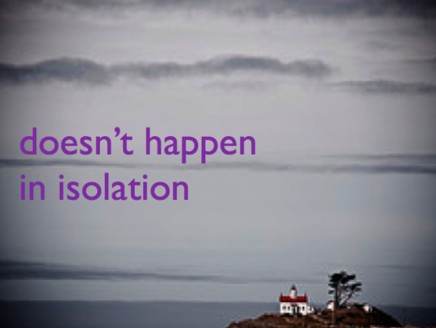
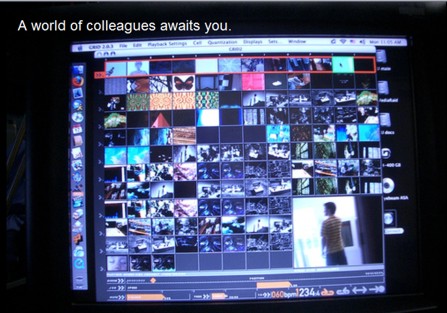

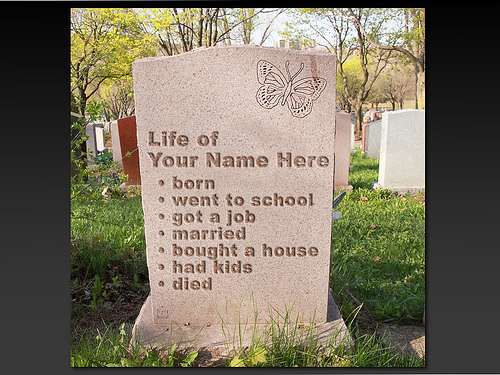
![Reblog this post [with Zemanta]](http://img.zemanta.com/reblog_e.png?x-id=23dc1b8a-d323-4ca3-9174-1a7851a0330d)


